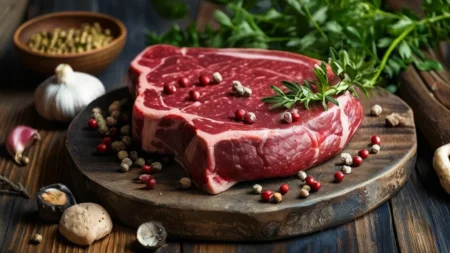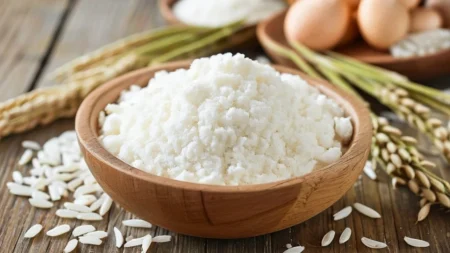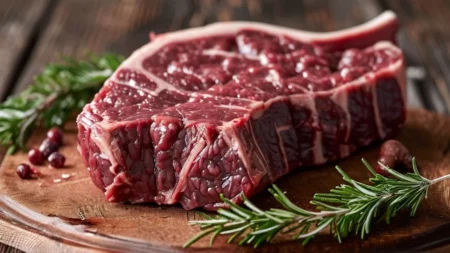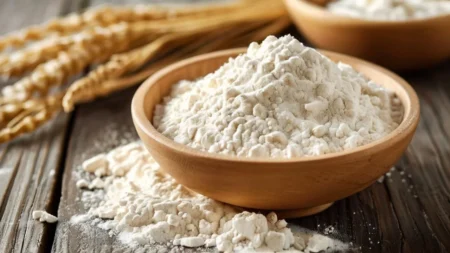Spelt The Ancient Grain with Modern Benefits
Key Takeaways
- Spelt is an ancient whole grain that has gained popularity for its nutritional benefits and unique flavor.
- It is rich in fiber, protein, vitamins, and minerals, making it a nutritious alternative to common grains like wheat.
- Spelt is more easily digestible for some individuals, particularly those with mild wheat sensitivities (though not suitable for those with celiac disease).
- Incorporating spelt into the diet can support heart health, weight management, and digestive health.
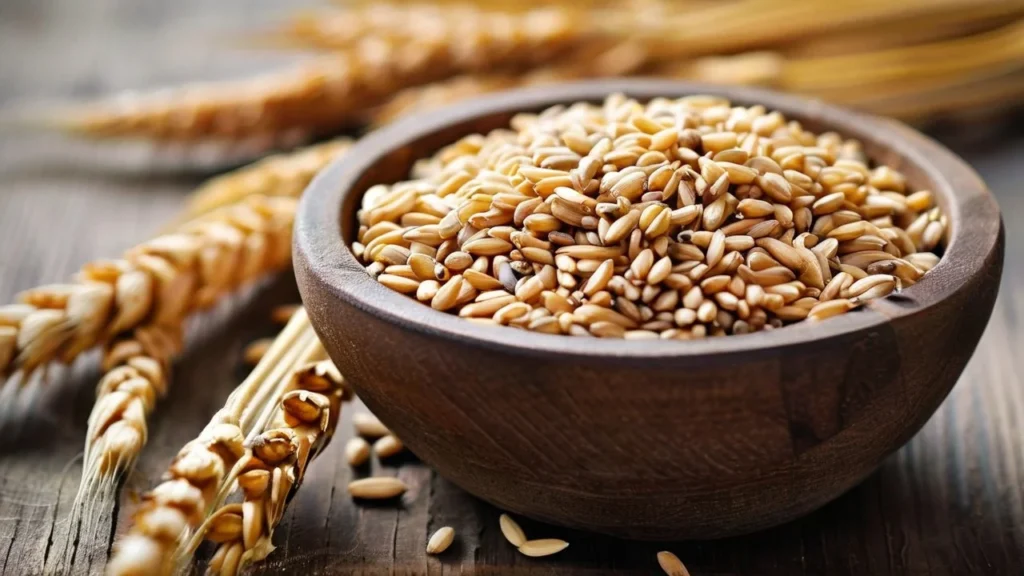
What is Spelt?
Understanding Spelt as a Grain
Spelt, scientifically known as Triticum spelta, is an ancient grain that belongs to the wheat family. Originating in the Middle East, spelt has been cultivated for thousands of years and was a staple food for ancient civilizations. Today, spelt is appreciated for its nutty flavor, chewy texture, and versatility in cooking and baking.
Table 1: Nutritional Profile of Spelt (per 100g)
| Nutrient | Amount | % Daily Value (DV) |
|---|---|---|
| Calories | 338 | – |
| Protein | 14 g | 28% |
| Total Fat | 2.5 g | 4% |
| Carbohydrates | 71 g | 24% |
| Dietary Fiber | 10 g | 40% |
| Iron | 3.5 mg | 20% |
| Magnesium | 90 mg | 23% |
| Zinc | 3.6 mg | 33% |
Nutritional Benefits of Spelt
High Fiber Content
Spelt is an excellent source of dietary fiber, which is essential for digestive health. Fiber aids in maintaining regular bowel movements, reducing the risk of constipation, and promoting a healthy gut microbiome.
- Statistical Insight: Research shows that a high-fiber diet can reduce the risk of colorectal cancer by 16-24%.
Rich in Protein
Spelt contains a higher protein content than modern wheat, making it a great option for vegetarians and vegans looking to boost their protein intake. Protein is vital for muscle repair, immune function, and overall health.
Vitamins and Minerals
Spelt is rich in several important vitamins and minerals, including:
- Iron: Supports oxygen transport in the body and aids in energy production.
- Magnesium: Plays a role in over 300 biochemical reactions, including energy production and muscle function.
- Zinc: Essential for immune health, wound healing, and DNA synthesis.
Health Benefits of Incorporating Spelt into Your Diet
Heart Health
The high fiber and nutrient content in spelt can contribute to better heart health. Whole grains like spelt can help lower cholesterol levels and reduce the risk of heart disease.
- Research Findings: A study published in the American Journal of Clinical Nutrition found that individuals who consume whole grains regularly have a lower risk of heart disease.
Weight Management
Incorporating spelt into the diet can aid in weight management due to its high fiber and protein content, which promote satiety and help control hunger.
Digestive Health
The fiber in spelt supports digestive health by promoting regular bowel movements and fostering a healthy gut environment. This can reduce the risk of digestive disorders.
Cooking and Baking with Spelt
Versatile Ingredient
Spelt can be used in various culinary applications, from baking bread and pasta to making salads and porridge. Its nutty flavor adds depth to dishes, making it a favorite among health-conscious consumers.
- Popular Uses of Spelt:
- Spelt flour for baking bread and pastries
- Cooked spelt as a base for salads or grain bowls
- Spelt flakes for breakfast cereals or porridge
List: Tips for Cooking with Spelt
- Rinse Spelt Grains: Before cooking, rinse spelt grains under cold water to remove any dust or debris.
- Cooking Ratio: Use a ratio of 1 cup of spelt to 2.5 cups of water or broth for cooking.
- Cooking Time: Cook spelt grains for about 30-40 minutes until tender but still chewy.
- Mix with Other Grains: Combine spelt with other grains for added texture and flavor.
Common Myths About Spelt
Myth 1: Spelt is Gluten-Free
While spelt is often better tolerated by individuals with mild wheat sensitivities, it is not gluten-free. Those with celiac disease should avoid spelt and any products containing it.
Myth 2: Spelt is Just Like Wheat
Although spelt and wheat are related, spelt has a different nutritional profile and flavor. Its unique composition makes it a valuable alternative for those looking to diversify their grain intake.
Conclusion
Spelt is a nutritious and versatile ancient grain that offers a range of health benefits, including improved heart health, weight management, and digestive support. Its high fiber and protein content, combined with essential vitamins and minerals, make it a valuable addition to any balanced diet. By incorporating spelt into various dishes, individuals can enjoy its unique flavor while reaping its numerous health benefits.
FAQ
1. Is spelt gluten-free?
No, spelt contains gluten and is not suitable for individuals with celiac disease or severe gluten intolerance.
2. How can I incorporate spelt into my diet?
You can use spelt flour for baking, cook spelt grains as a side dish, or add spelt flakes to breakfast cereals or smoothies.
3. What is the cooking time for spelt grains?
Spelt grains typically take 30-40 minutes to cook until tender.
4. Can I substitute spelt flour for all-purpose flour in recipes?
Yes, spelt flour can be used as a substitute for all-purpose flour, but it may require adjustments in the liquid ratios due to its different absorption properties.
5. Does spelt have a nutty flavor?
Yes, spelt has a distinctive nutty flavor that enhances the taste of various dishes.





